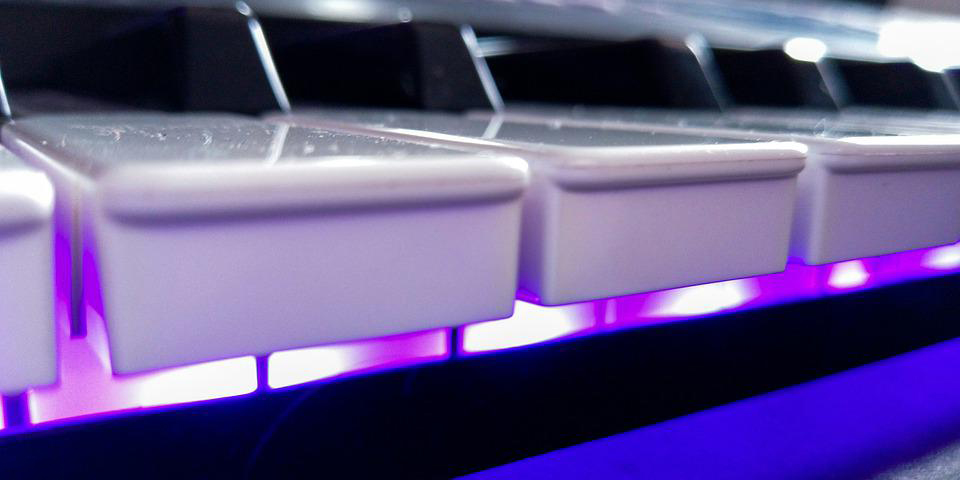Piano keys, the fundamental components of any piano, can face wear and tear over time. Whether it’s due to frequent use, accidental damage, or environmental factors, piano keys may require repair or replacement. As a piano enthusiast or a professional musician, encountering damaged piano keys can be disheartening. However, the good news is that many issues with piano keys can indeed be fixed.
Common Issues with Piano Keys
1. Sticking Keys
Sticking keys are a prevalent issue among pianos, often caused by dirt, dust, or debris lodged between the keys. Additionally, changes in humidity can also lead to keys sticking. Fortunately, this issue can usually be resolved through thorough cleaning and maintenance.
2. Broken Keys
Broken keys can occur due to various reasons, such as accidental impacts or excessive force during play. Repairing broken keys may involve replacing the broken key or repairing the existing one, depending on the severity of the damage.
3. Uneven Key Height
Uneven key height can significantly affect the playability and sound quality of a piano. This issue may arise due to wear and tear or improper adjustments. Correcting uneven key height requires precise adjustments and regulation by a skilled technician.
4. Worn Keytops
Over time, the keytops of a piano can become worn or discoloured, affecting both aesthetics and playability. Replacing worn keytops can rejuvenate the appearance of the piano and enhance its tactile feel during play.
Repairing Piano Keys: The Process
1. Assessment
Before proceeding with any repairs, it’s crucial to assess the extent of the damage to the piano keys. A thorough inspection will help determine the appropriate course of action and identify any underlying issues that may need addressing.
2. Cleaning and Maintenance
For sticking keys or keys affected by dirt and debris, cleaning and maintenance are the first steps towards resolution. Using specialised cleaning tools and solutions, technicians can safely remove any obstructions and restore smooth key movement.
3. Key Replacement
In cases where keys are irreparably damaged or broken, key replacement may be necessary. This process involves carefully removing the damaged key and installing a new one, ensuring proper alignment and functionality.
4. Regulation and Adjustment
To address issues such as uneven key height or inconsistent key response, regulation and adjustment are essential.
5. Keytop Replacement
For pianos with worn or damaged keytops, replacing the keytops can breathe new life into the instrument. Keytop replacement involves carefully removing the old keytops and installing new ones, restoring the piano’s appearance and tactile feel.





